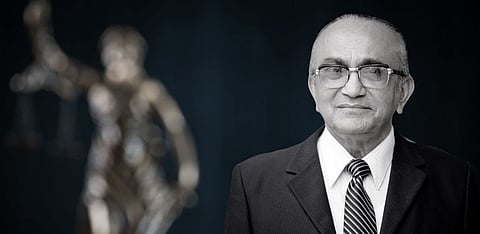History
Justice P.N. Bhagwati: A active, activist and astute judge sorely missed in these dire times
Justice P.N. Bhagwati was a jurist ahead of his time, who set out a blazing path, but would the Indian judiciary have benefitted from having him at this point of inflection, reflects Anil V. Katarki.

